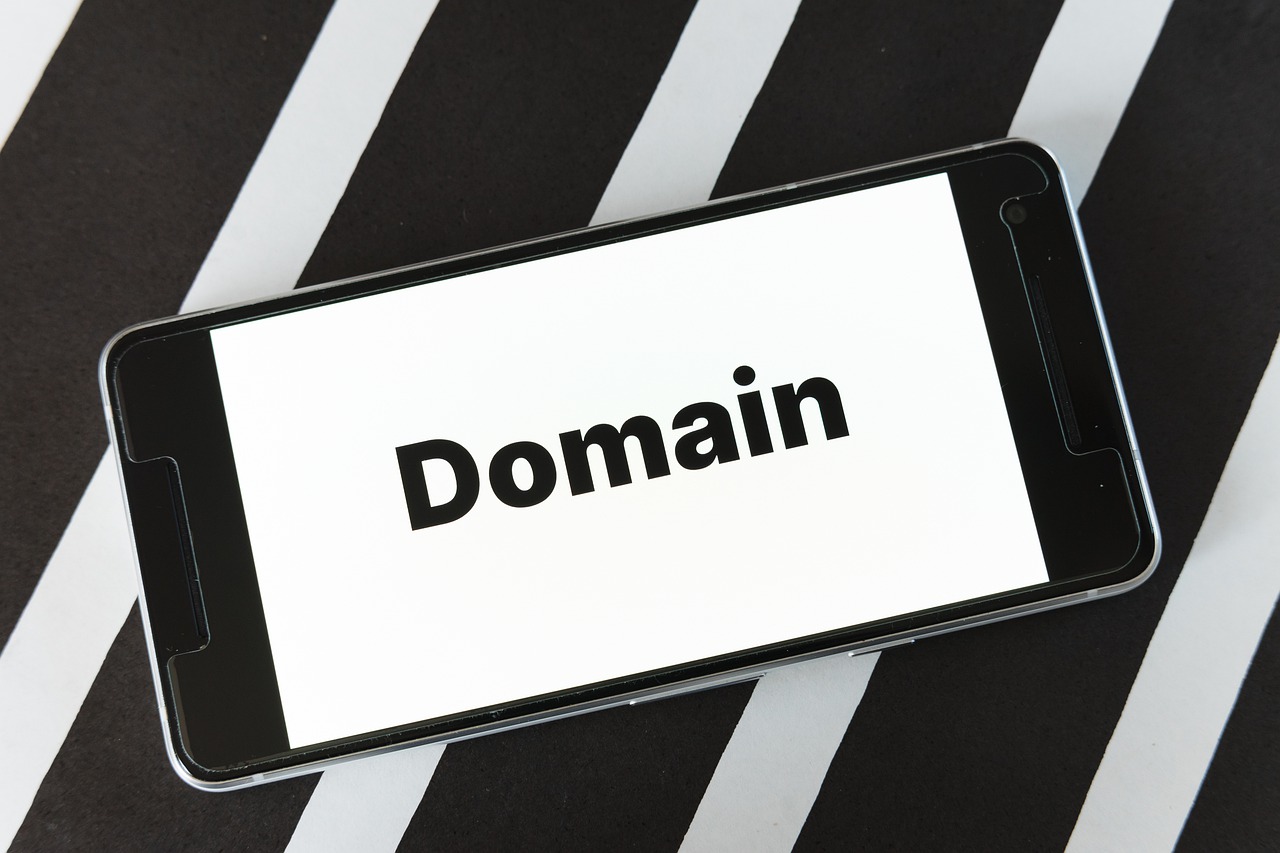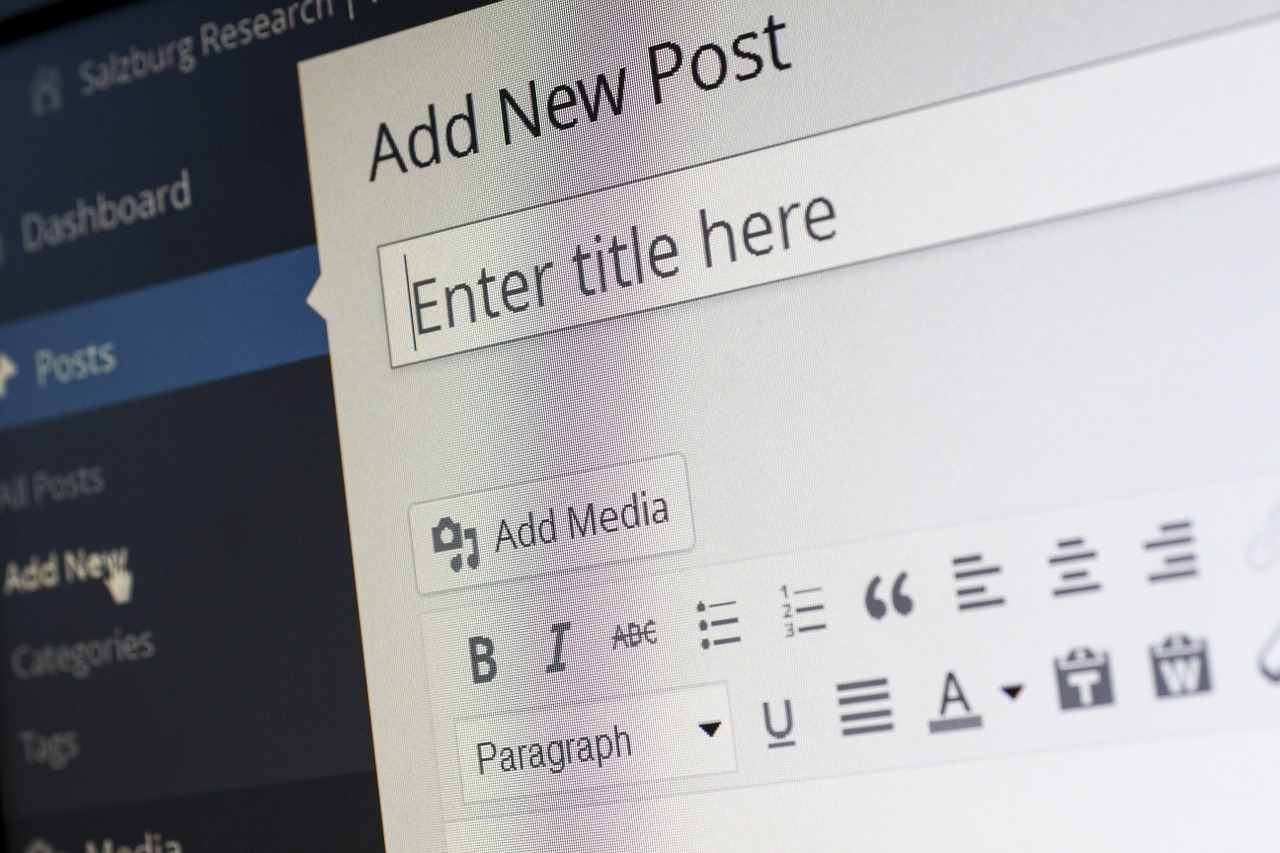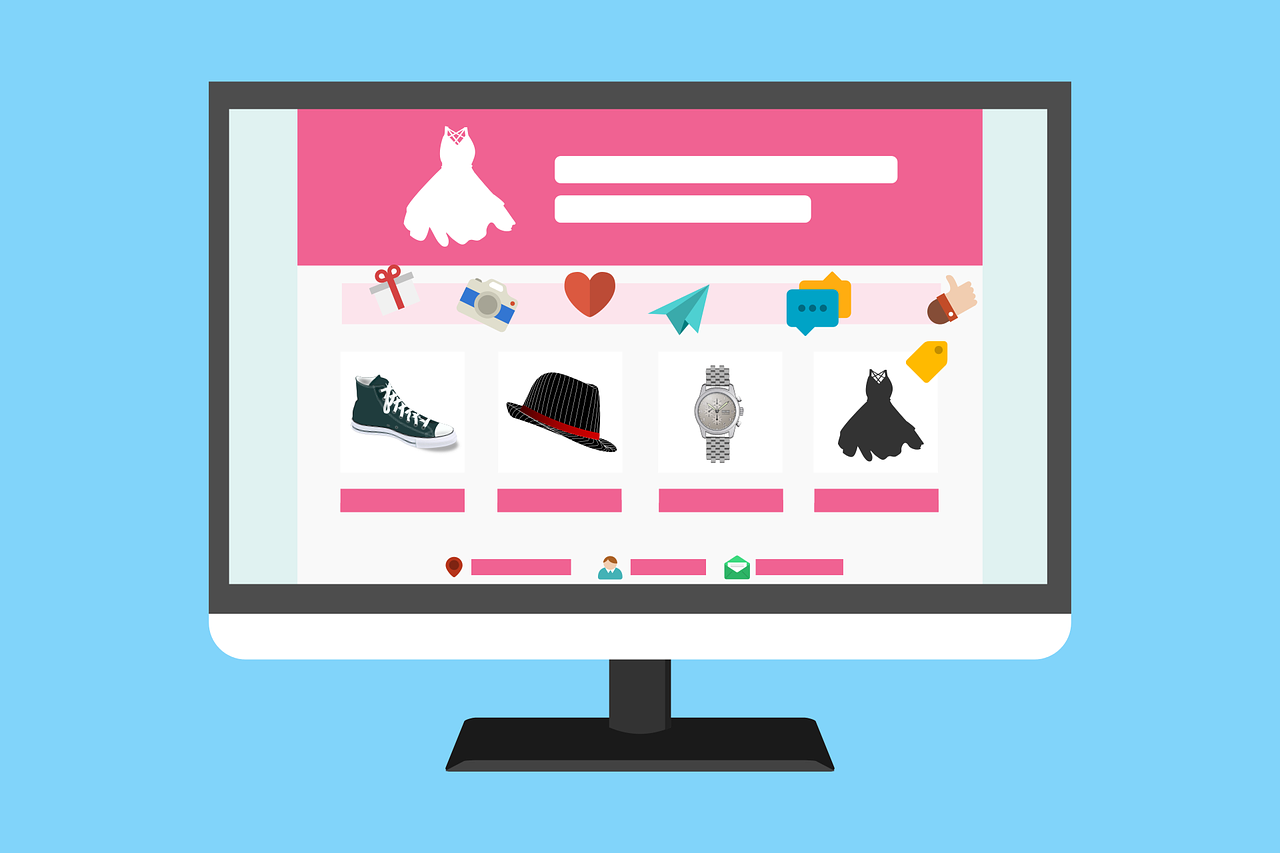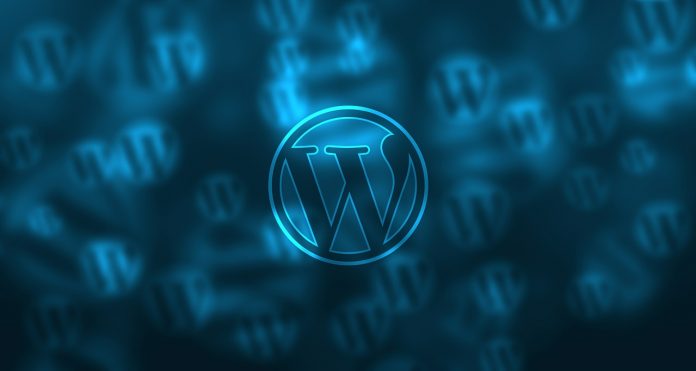Not too long ago, building a website required hiring a website developer, as you couldn’t make your own website unless you had enough knowledge and skill. Today, that’s all changed thanks to multiple content management systems (CMS) that make this task easy and cost-effective.
The most popular CMS is undoubtedly WordPress, which powers over 455 million websites. If you, like many others, decided to use this content management system, there are some things you need to do before launching your WordPress site as well as the important elements you need to be aware of.
WordPress glossary
A glossary is a collection of complex or technical terms that are specific to a technical subject or language and their exact definition and explanation. You can also define a glossary as a lexicon or a concise dictionary.
There are multiple reasons why you need a WordPress glossary:
- Helping website visitors understand your content. If you have any type of technical or unusual content, most of your visitors probably won’t be able to understand it. By providing them with a glossary, you’re also allowing them to understand all the value your business brings.
- Boosting your SEO. Your glossary will be filled with keywords the Google algorithm takes into account when ranking websites. Not only that, but you will also provide a link to your glossary in multiple places on your website, which creates internal links that Google loves.
- Keeping your visitors on the website longer. If a visitor runs into a term they don’t understand and can’t find an explanation for, they’ll leave your website and maybe even never return to it. Don’t make them search for an explanation online, but keep them on your website longer with a glossary.
- Establishing credibility. If you take the time to explain every unfamiliar term on your website clearly, it will show that you really know what you’re talking about and establish your credibility.
Domain name

Every website, no matter how it’s made, needs a domain name. Some people think that it doesn’t matter what kind of name you choose, but if you wind up with a bad name, your website will seem untrustworthy.
When you’re choosing your domain name, you need to keep the following things in mind:
- Brandable names are for businesses. If you’re building a website for your business and you want your customers to be able to find you without any issues, your domain name can focus on branding. Brandable names don’t have a descriptive meaning, are very unique, and instantly recognizable.
- Keywords are good for discoverability. If you want to attract people to your website and boost your SEO, you should include keywords in your domain name. These keywords should give your visitors a general idea of the purpose of your website.
- Long names should be avoided. The ideal length for a domain name is between 6 and 14 characters long. Short domain names are a much better choice because they’re easier to pronounce, more memorable, seem more trustworthy, and also leave less room for human error.
- Extensions are important. Even though there are many different types of extensions, it’s best to choose .com, as it’s the most trusted and most popular extension with 36.91% of registered domains.
If you’re worried about the costs of registering a domain name, there’s no need for that, as it’s possible to find a cheap domain name. An affordable domain name may be just as good as an expensive one as long as you incorporate all the elements mentioned above.
Admin dashboard
The admin dashboard is the interface you will use to manage almost all aspects of your WordPress site such as adding new functionality, changing the appearance of your pages, and creating new content.
When you sign in to WordPress, you will see the Dashboard tab which will provide you with easy access to your admin interface. The dashboard is separated into multiple different pages and each one of them is devoted to a different aspect of your site.
As there are many different pages and subpages on your admin dashboard, it might take some time to get used to them all, but you will be able to find all the answers you need in the “Help” section.
Posts

Posts are a WordPress component that you can use to create different types of content, but they’re mostly used for blogs where every new post is an update. However, you can also use posts if you post regular or timely content on your website.
Pages
Pages and posts are very similar as they’re both created and edited via the same interface and can even contain the same types of content. The main difference is how you use them on your site, as pages are intended to hold static content that isn’t regularly changed.
Pages also make up the structure of your site, so you will need at least one page, which is typically a home page, but you can add as many pages as you’d like.
Plugins
One of the reasons why WordPress is the most popular content management system on the market is because it offers over 55,000 plugins. A plugin is a piece of software you can install with just a few clicks, it requires no technical knowledge and enables you to add extra functionality to your site.
Plugins are great because they can do almost anything, from adding a minor new feature to drastically changing your site.
Themes

WordPress themes allow you to change your site’s appearance and depending on the type of theme you choose, the content on the front end of your website will change accordingly. WordPress offers multiple default themes for beginners, but those themes are mostly generic.
However, you don’t have to limit yourself to a generic theme, as there are thousands of free beautiful themes you can get from your dashboard.
Widgets
A widget is a type of content you can add to certain places on your site, and the locations where you add them are called widget areas. The widgets you have will be specified by your theme. The sidebar, search bar, and footer are the most commonly used widgets, all of which are small but useful features.
Every Multi-Purpose WordPress Theme has a number of default widgets, but you can add more of them via plugins.
Users

Your users are all the people who have access to your dashboard. Every user on your WordPress website has their own profile that contains their personal info and credentials, as well as an assigned role, which dedicates what each individual user is permitted to do on your site.
For example, a user with an Administrator role has full access to all of the actions and features and can do things such as change the site’s theme, install plugins, and post content. On the other hand, a user that’s only a Subscriber, for example, will only be able to view and manage their profile information.
Final thoughts
Building a website in WordPress is easy and affordable, which is why many people choose to use this CMS. As long as you know all the important elements of a WordPress website and what its purpose is, you can be sure that the site you create will meet all of your expectations.


































